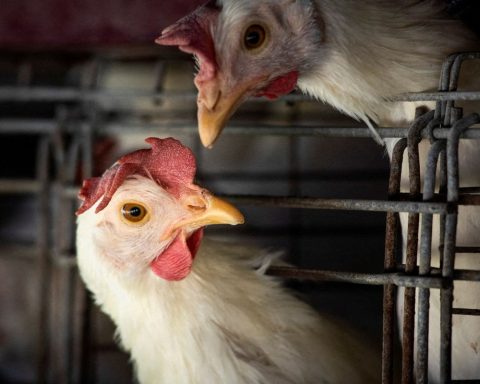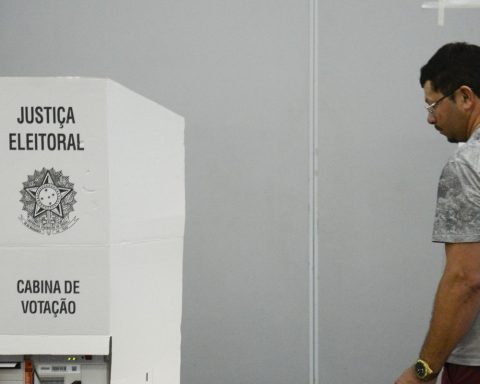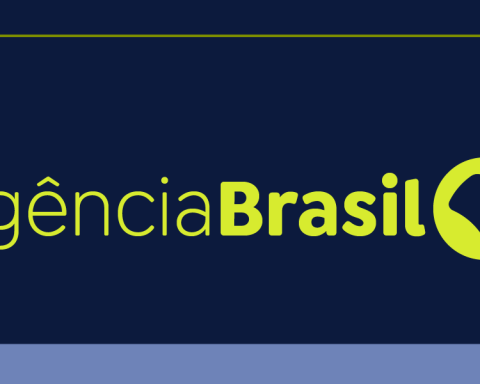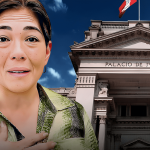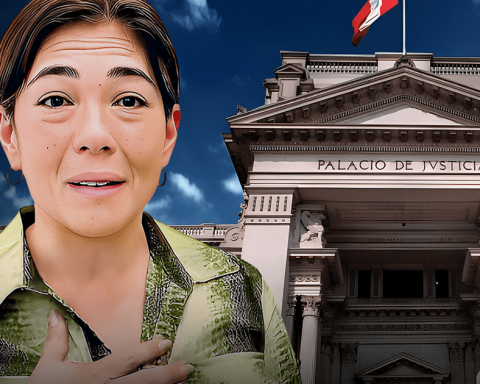Despite the recent rise in inflation, the Central Bank (BC) did not change interest rates. Unanimously, the Monetary Policy Committee (Copom) maintained the Selic rate, the economy’s basic interest rate, at 13.75% per annum. THE decision was expected by financial analysts.
In a statement, the Copom indicated that interest rates could remain high for longer than expected and did not rule out the possibility of further increases if inflation does not converge to the center of the target, as expected. The agency also informed that it pursues the convergence of inflation to the center of the target for mid-2024.
“The committee remains vigilant, evaluating whether the strategy of maintaining the basic interest rate for a longer period than in the reference scenario will be able to ensure the convergence of inflation. The committee reinforces that it will persevere until not only the disinflation process is consolidated, but also the anchoring of expectations around its targets, which have shown deterioration in longer terms since the last meeting”, highlighted the text.
The rate remains at the highest level since January 2017, when it was also at 13.75% per annum. This was the fourth consecutive time that the Central Bank has not changed the rate, which has remained at this level since August. Previously, the Copom raised the Selic rate 12 times in a row, in a cycle that began amid rising food, energy and fuel prices.
From March to June 2021, the Copom raised the rate by 0.75 percentage points at each meeting. At the beginning of August of the same year, the Central Bank began to increase the Selic rate by 1 point at each meeting. With the rise in inflation and the worsening of tensions in the financial market, the Selic was increased by 1.5 points from October 2021 to February 2022. Last year, the Copom promoted two increases of 1 point, in March and May, and two increases of 0.5 points, in June and August.
Before the start of the upward cycle, the Selic had been reduced to 2% per year, at the lowest level in the historical series that started in 1986. Due to the economic contraction generated by the covid-19 pandemic, the Central Bank had dropped the rate to stimulate production and consumption. The rate was at the lowest level in history from August 2020 to March 2021.
Inflation
The Selic is the Central Bank’s main instrument for keeping official inflation under control, as measured by the Extended National Consumer Price Index (IPCA). In 2022, the indicator closed at 5.79%. Since the end of last year, inflation has been rising due to the rise in food prices and the partial reversal of exemptions on fuel.
The index closed last year above the ceiling of the inflation target. For 2022, the National Monetary Council (CMN) set an inflation target of 3.5%, with a tolerance margin of 1.5 percentage points. The IPCA, therefore, could neither exceed 5% nor remain below 2% last year. For 2023, the inflation target is set at 3.25%, also with a margin of 1.5 percentage points, which would guarantee a range between 1.75% and 4.75%.
In the Inflation Report released at the end of December by the Central Bank, the monetary authority estimated that the IPCA would close 2023 at 5% in the base scenario. The projection, however, may be revised in the new version of the report, which will be released at the end of March.
Market forecasts are less optimistic. According to the Focus bulletin, a weekly survey of financial institutions released by the BC, official inflation should close the year at 5.74%. A month ago, market estimates were at 5.31%.
most expensive credit
Raising the Selic rate helps to control inflation. This is because higher interest rates make credit more expensive and discourage production and consumption. On the other hand, higher rates make it harder for the economy to recover. In the last Inflation Report, the Central Bank projected 1% growth for the economy in 2023.
The market projects lower growth. According to the latest edition of the Focus bulletin, economic analysts predict expansion of 0.8% of the Gross Domestic Product (GDP, sum of goods and services produced by the country) this year.
The basic interest rate is used in the negotiation of government securities in the Special System for Liquidation and Custody (Selic) and serves as a reference for other interest rates in the economy. By readjusting it upwards, the Central Bank holds back the excess demand that puts pressure on prices, because higher interest rates make credit more expensive and stimulate savings.
By reducing basic interest rates, the Copom makes credit cheaper and encourages production and consumption, but weakens inflation control. To cut the Selic, the monetary authority needs to be sure that prices are under control and are not at risk of rising.


